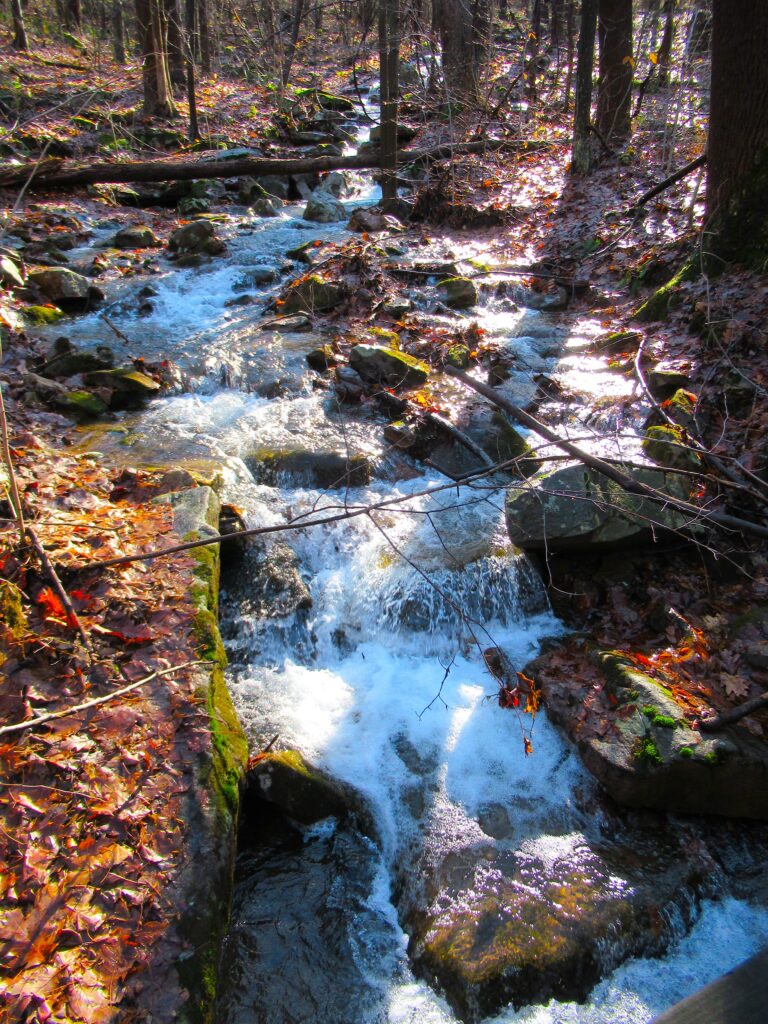Kansas
March 2013
The highest land point in Pennsylvania is Mount Davis (3213 feet) on Negro Mountain. Negro Mountain? Yah. It was named after a Black man who had something to do with fighting on the side of the white guys against the Native Americans in the French and Indian War. No one knows his name.
Switch scenes. Driving through Kansas, on our way from over here to over there, we see no billboards along the road. How wonderful this is! The very idea that what is naturally here is enough to be of interest to the average traveler. What’ll they think of next!
Not looking at billboards, we notice as we cross White Woman Creek. Of course the name intrigues me.
It’s only fair, don’t you think, that there be something named after an unnamed white person. Not that there aren’t enough things named after white people, but I’m looking for names of the unnamed. White Woman Creek. Yep, that’ll do it.
The headwaters of White Woman Creek is in Colorado. The waterway flows through western Kansas and empties into the White Woman Basin. The basin had many pools and springs and was a convenient and important source of water for the Southern Cheyenne, who lived in this area. The basin was attractive to early settlers too, so inevitably there would be clashes between them and the Cheyenne.
But who is this white woman and why did she get her own creek? As usual, there are a number of stories that explain the history.
After you’ve heard two eyewitness accounts of a motor accident, you begin to worry about history.
— John McNab
Not all the White Woman stories can be true so we’ll settle on this one. Sometime in the 1860’s in this territory, white settlers attacked the Cheyenne Natives. The Cheyenne retaliated, killing several white guys and reclaiming their booty which originally had been stolen from them. They also kidnapped 12 white settlers, two women and ten men.
Over time, the women and most of the men decided to stay with the Native tribe, assimilating. In fact, one of the women, now called Anna-Wee, fell in love with Chief Tee-Wah-Nee. Well, y’know, one thing led to another and the next thing you know, a baby boy is born.
(An aside. If Anna-Wee married Tee-Wah-Nee and took his name, she’d be Anna Wee Nee.)
After more time, one of the white guys, who had not embraced the Cheyenne ways even though he had been comfortably living with them for some time, stole a horse and rode to Fort Wallace, one of the white settlers’ strongholds. He convinced the army that the remaining whites were being held against their will. He then led a group of soldiers to the Cheyenne camp, attacked the tribe and killed Chief Tee-Wah-Nee and his son. Distraught, Anna-Wee retaliated by killing the white traitor.
She continued to fight bravely but could not foresee a positive outcome, so she escaped before the soldiers could kill her. She ran up the stream bed and that was the last anyone ever saw of her.

Or was it? Rumors have it that she perished on the prairie. But then in the late 1800’s, on nights when the moon was high and bright, people claimed to have seen an apparition, a phantom, running along the dry creek bed. Others watched as she slowly wandered the stream. Many have heard her singing a sorrowful Indian song. It was, of course, the evanescent Anna-Wee, mourning the loss of her beloved husband and child. Hence, “White Woman Creek.”
